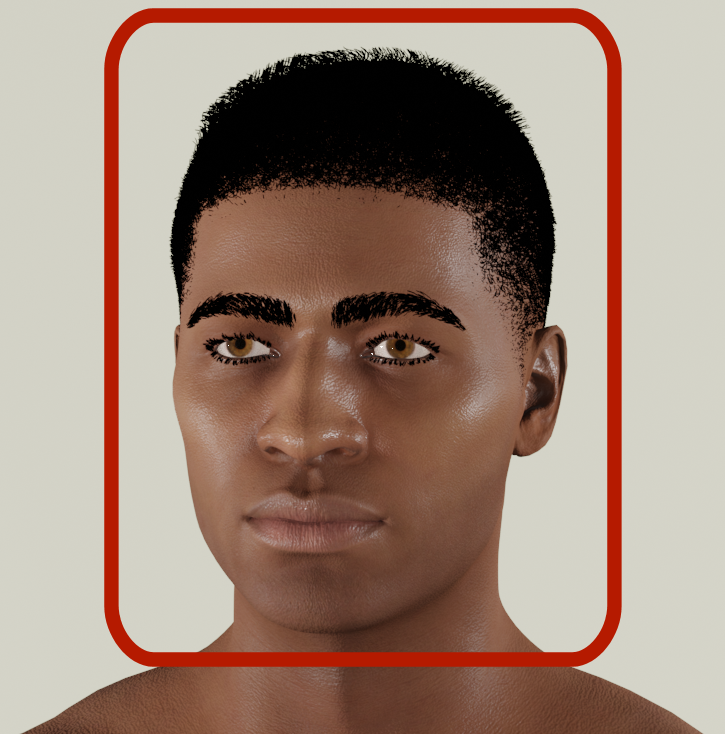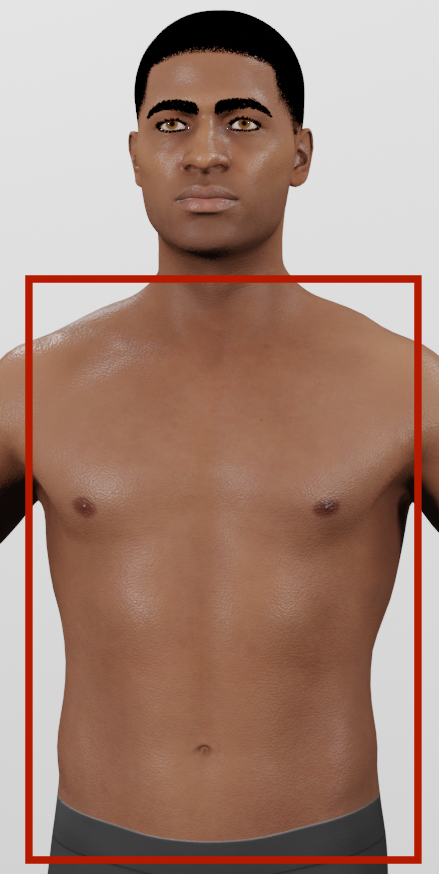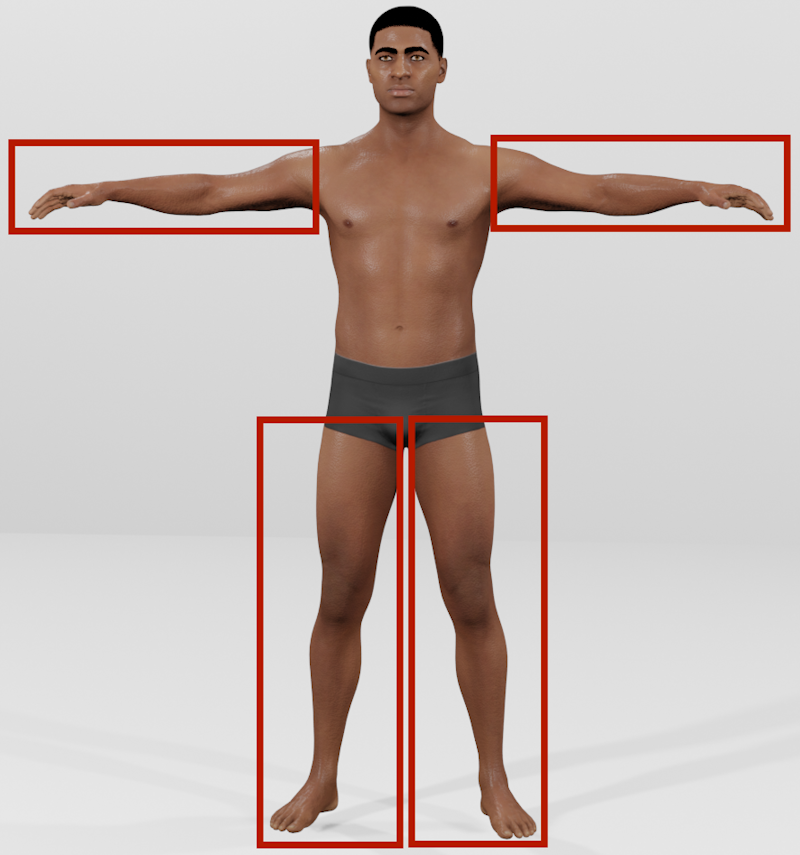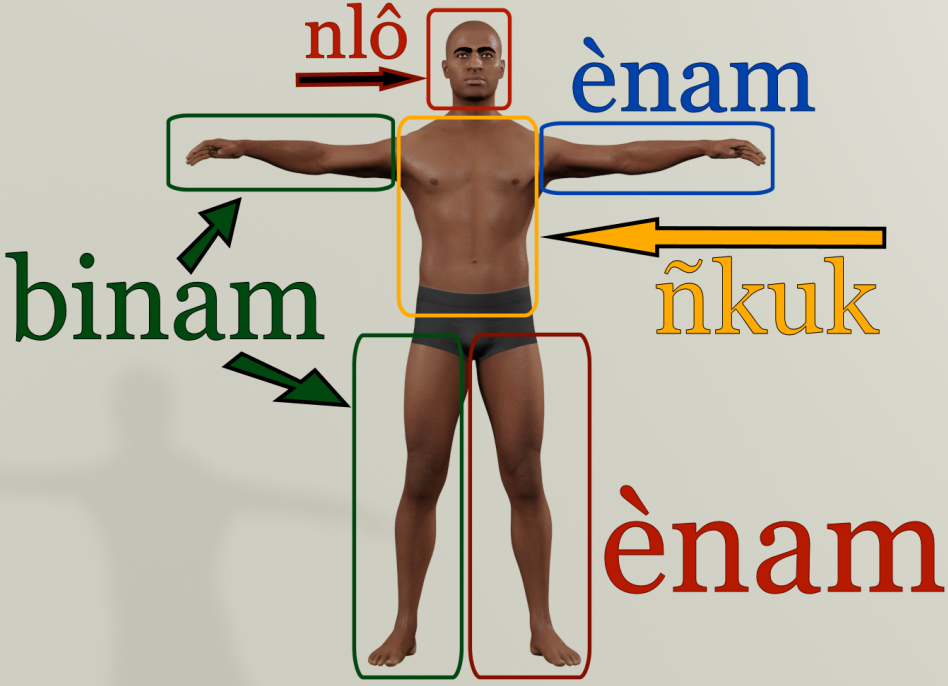Èvia' Ê Nyúle Mõt-a-Binam
("Anatomy of the Human Body")
Èmek
("Introduction")
Èvia' é ne n'ètyóé yà éyeka'a ê nyúle mõt, nyúle tít, ñgê ke nyúle õnòn. Èyoñ éte, bifíá b'iziñ bí á beleban náa bõt bé búte èvia' ê mõt, èvia' ê tít, ñgê k'èvia' ônòn.
("Anatomy is the study of the appearance of the body of a human being, the body of an animal, or the body of a bird. Then some words are used by people to describe the body of a person, of an animal, or of a bird.")
Amú Jé Bí Á Tyóé Éviak?
("Why should we study human anatomy?")
Ètyóé évia' j'á vólõ bía náa bí yem anê nyúl j'a títi. Nál'a ne bo náa bí yeme tõs akòn, ndembên bí nê bo ê ñgul ya ê sá'ále ê de, ñgê ke ê sáé de. Ètyóé évia' é ne fe vute bía náa bí tè bikpwelé, melôndôk, aa bíôm meválê mevál.
("The study of anatomy helps us to understand how a body functions. This study can help us to identify diseases. We would then be able to treat those diseases. The study of anatomy can also inspire us to create some tools, machines, systems, instruments, etc.")
Atáta'a Éviak
("The Start of Anatomy")
Nyúle mõt-a-binam j'a tátè yénè aa betaa bibu'á bílál:
("The human body starts by showing three sections:")
Nlô
("The Head")

Ñkuk
("The Trunc")

Binam
("The Limbs")

Binam bí ne mó aa mebo mêbàé
("The limbs are the hands and feet")

Õsêsáa Nyúl
("A Symmetrical Body")
Ñgê wo fombõ nyúle mõt õ têl'ôsú mõt, nyúl è n'õsêsáa ê jôm:
("If you look from the front (or behind), the human body is a symmetrical object:")

Nyúl j'a yénè fe õsêsáa ñgê wo fombõ je õ têle ê mvús:
("The human body also looks symmetrical if you look at it from the back")

Èkõp
("The Skin")
Akusábo é bilí mimbìl ábui, nyúle mõt è ne mbõma'anê, ñgê ke mbútán, aa èkõp. Bifas b'iziñ ê y'ékõp bí bilé mevál bisìl; vedá biyõlè yà bisìl bíte bí ne mevále mevál.
("Although it includes many holes, the human body is covered with a skin. Some parts display various types of hair.")
Bifíá
alôndôk (abui: melôndôk): machine/machine
ê bút: to describe/décrire
ètyóé (abui: bityóé): (a) study/étude
èviak (abui: biviak): anatomy/anatomie
õsáa (abui: asáa): symmetry/symmétrie
õsêsáa (abui: asêsáa): symmetrical/symmétrique
ê títi: to function/functionner
ê tõs: to identify/identifier
ê tyóé: to study/étudier
ê vut: to inspire/inspirer